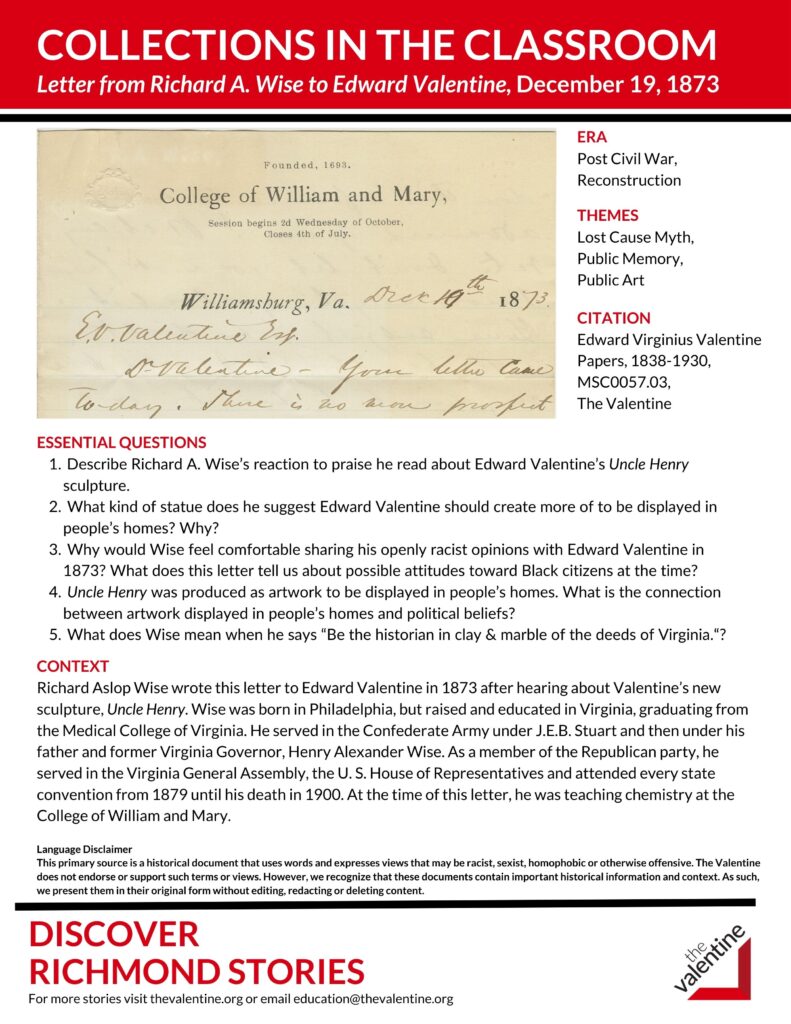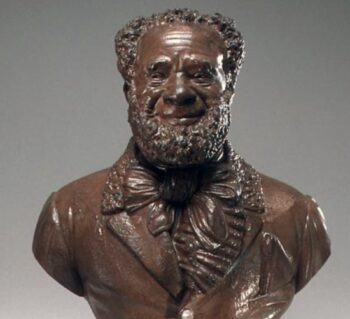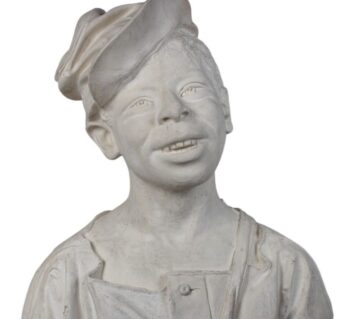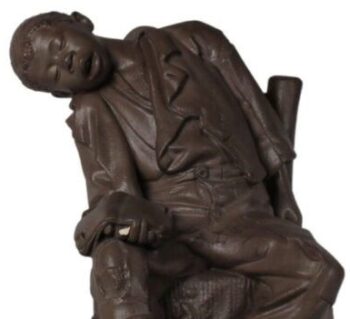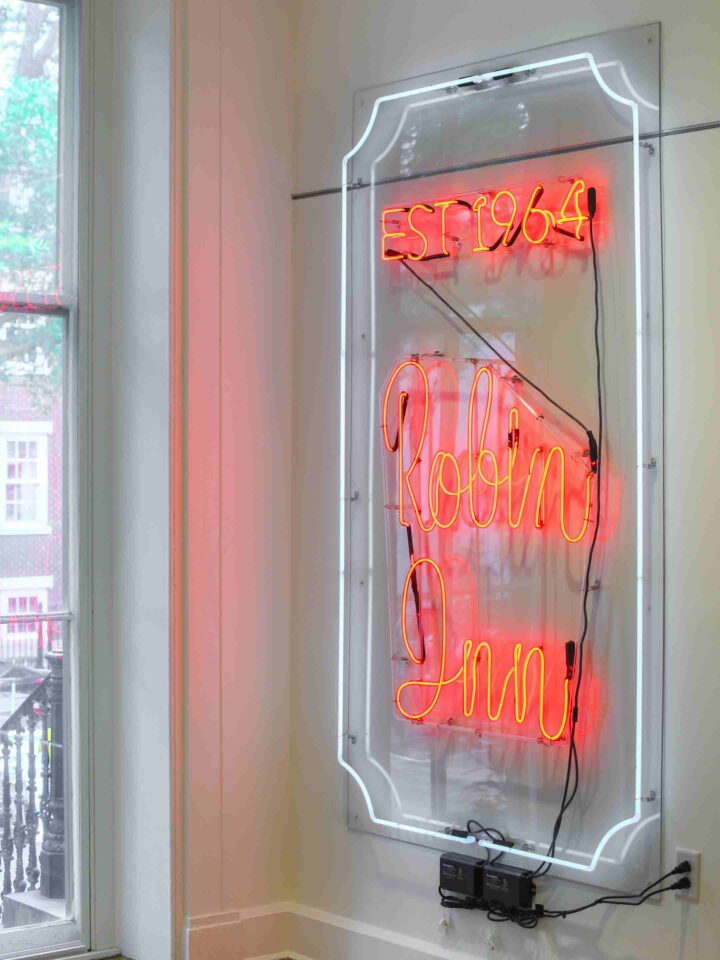
Letter from Richard A. Wise to Edward Valentine, December 19, 1873
Collections in the Classroom
Grade Level
High
Time Period
1871-1899: Post Reconstruction
Theme
Jim Crow, The Lost Cause Myth
Resource Type
Primary Source
Language Disclaimer
This primary source is a historical document that uses words and expresses views that may be racist, sexist, homophobic or otherwise offensive. The Valentine does not endorse or support such terms or views. However, we recognize that these documents contain important historical information and context. As such, we present them in their original form without editing, redacting or deleting content.
ESSENTIAL QUESTIONS
- Describe Richard A. Wise’s reaction to praise he read about Edward Valentine’s Uncle Henry sculpture.
- What kind of statue does he suggest Edward Valentine should create more of to be displayed in people’s homes? Why?
- Why would Wise feel comfortable sharing his openly racist opinions with Edward Valentine in 1873? What does this letter tell us about possible attitudes toward Black citizens at the time?
- Uncle Henry was produced as artwork to be displayed in people’s homes. What is the connection between artwork displayed in people’s homes and political beliefs?
- What does Wise mean when he says “Be the historian in clay & marble of the deeds of Virginia.“?
CONTEXT
Richard Aslop Wise wrote this letter to Edward Valentine in 1873 after hearing about Valentine’s new sculpture, Uncle Henry. Wise was born in Philadelphia, but raised and educated in Virginia, graduating from the Medical College of Virginia. He served in the Confederate Army under J.E.B. Stuart and then under his father and former Virginia Governor, Henry Alexander Wise. As a member of the Republican party, he served in the Virginia General Assembly, the U. S. House of Representatives and attended every state convention from 1879 until his death in 1900. At the time of this letter, he was teaching chemistry at the College of William and Mary.
